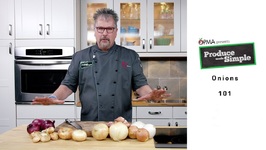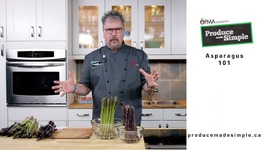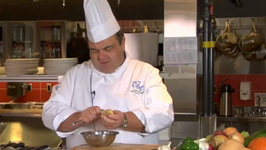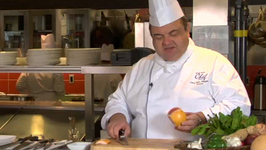Carrots 101 - Produce Made Simple
What to look for when selecting: Look for carrots that have a deep colour and check out the top for any signs of spoilage. They should always be firm. Avoid any that are cracked, green in colour, are limp, or are black near the top.
How to store: Remove the green carrot tops, and store separately if you plan on using them. Store your carrots in an open or perforated plastic bag in the refrigerator for up to 2 weeks.
How to prepare: You don't need to peel carrots! They actually hold a great amount of their nutrients just under the skin. Give your carrots a good scrub using a vegetable scrubber under running water to remove the dirt and consume or cook them with the skin on.
Carrots are very versatile and can be grated, peeled, sliced and diced to be enjoyed raw or cooked. Just remember, when cooking carrots, the smaller the carrot is cut, the faster it will cook. When cooking carrots with other ingredients by roasting, baking, or boiling, keep in mind that as a hard vegetable, carrots may take longer to cook and should be cooked or baked prior to adding softer ingredients that cook for less time.
Cooking methods include: boiling, steaming, microwaving, roasting, grilling, simmering, baking, stir-frying and braising. You can tell they are done when they are tender but not soft and mushy. Tasting your carrots as they cook is the best way to decide when they are done.
Varieties - Carrots can be orange, white, yellow, red, purple, or black. They all taste quite similar, but you should try each one to savour the subtleties in flavour!
Tips:
- You can eat the green carrot tops! They add great flavour to soups and stocks.
- All great stocks start with a sweet and savoury base that includes carrots! Whether its chicken stock, fish stock, or even vegetable stock, adding carrots (and onions) will add a great and essential dimension of flavour.






















